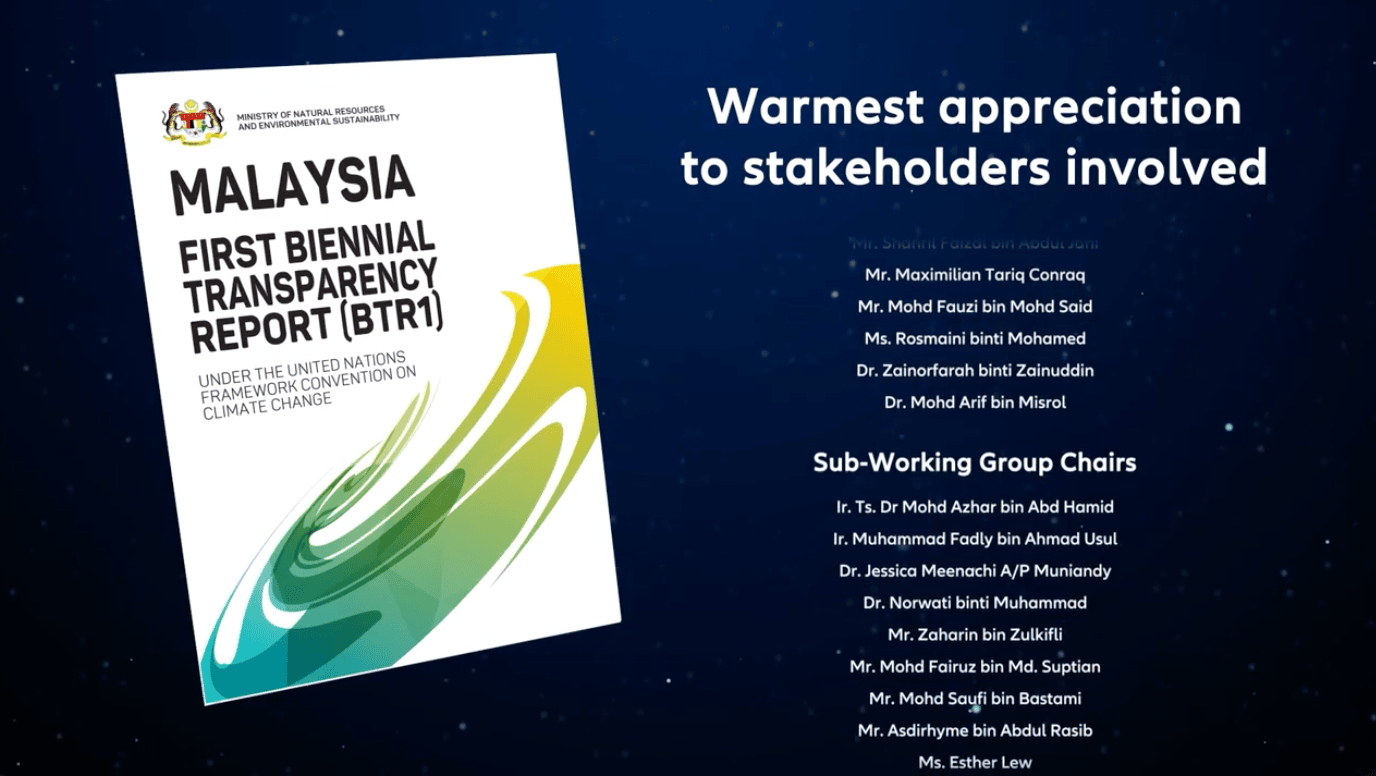
Malaysia just took a huge step towards fighting climate change by forming a regional carbon market with other ASEAN nations. Malaysia is leading the ASEAN Common Carbon Framework (ACCF) by signing a Memorandum of Cooperation (MOC), a unified platform to streamline carbon trading and boost green investments.
MCMA signs MOC with 4 ASEAN associations
The Malaysia Carbon Market Association (MCMA) has forged a partnership with key regional carbon market associations, including the Singapore Sustainable Finance Association (SSFA), the Indonesia Carbon Trade Association, the ASEAN Alliance on Carbon Markets, and the Thailand Carbon Market Club. Through the signing of a MOC, this collaboration aims to develop a unified carbon framework known as the ACCF.
Imagine it as a regional marketplace where carbon credits can be traded effortlessly across borders. The ACCF’s goal in standardising legislation and processes is to create cooperation and unlock prospects for long-term growth while addressing the pressing concerns of climate change.
Malaysia aims to reduce carbon emissions intensity by 45%
Malaysia is preparing for its role as ASEAN Chair in 2025, and this MOC signals the country’s commitment to leading the region toward carbon neutrality. The collaboration reflects Malaysia’s growing recognition of the urgency to address climate change.

This move positions Malaysia as a key player in green finance and low-carbon investments, while reinforcing its goal to reduce carbon emissions intensity by 45% (compared to 2005 levels) by 2030.
“The ACCF is both timely and essential as it aspires to unlock carbon project opportunities that is unique to the ASEAN region and at the same time, create stronger demand signals through interoperable carbon markets in this region, allowing us to build an integrated, efficient, and credible carbon market, fostering regional cooperation and accelerating low-carbon investments.”YB Nik Nazmi Nik Ahmad, Minister of Natural Resources and Environmental Sustainability
ASEAN is projected to be the world’s fourth-largest economy
ASEAN members represent a population of more than 600 million people and cover 4.5 million km of land area, with a combined GDP of USD 3.8 trillion in 2023, making it the world’s fifth-largest economy. Thus, by 2030, ASEAN is expected to become the world’s fourth-largest economy.

But that’s not all, at COP29, negotiators achieved a major breakthrough by reaching consensus on standards for an international carbon market under Article 6.4 of the Paris Agreement. These standards have established a centralised framework for carbon credit trading, designed to drive down global emissions more affordably with direct substantial financial resources to developing nations, emphasising its potential to save up to $250 billion annually in climate action costs.
Support from key corporations and global climate action
The Malaysia Pavillion at COP29 is led by the Ministry of Natural Resources and Environmental Sustainability (NRES), with the Malaysian Green Technology and Climate Change Corporation (MGTC) acting as the implementing agency.
The Pavillion and our country’s participation is proudly supported by Tenaga Nasional Berhad (TNB), Petroliam Nasional Berhad (PETRONAS), Malaysian Palm Oil Council (MPOC), Malaysian Palm Oil Green Conservation Foundation (MPOGCF), Felda Global Ventures Holding Berhad (FGV), SD Guthrie Bhd, Malayan Banking Berhad (Maybank), Bank Pembangunan Malaysia Berhad (BPMB), Kloth Wear and De Carton.
With significant step, Malaysia not only strengthens its leadership ahead of the ASEAN Chairmanship in 2025, but also reinforces its commitment to a low-carbon future. You can check out our previous article that talks about what Malaysia’s key focus area are at COP29, here. For more information regarding the Malaysian Pavilion at COP29, visit this site.
Source: Cilisos




























